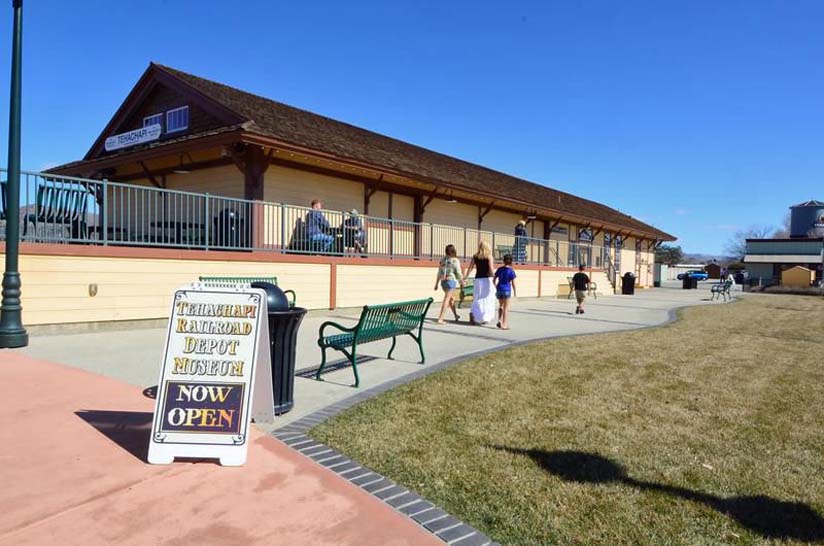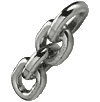
The town of Tehachapi has shared its history with the old Southern Pacific Railroad (SP), since the construction of the railroad line through the region connected Los Angeles and the Bay Area in 1876.
Before the railroad was established, a stage line operated from the railhead at Caliente, east of Bakersfield, to San Fernando.
But the Tehachapis, an east-west mountain range bridging the Sierra Nevada and the Coast Range forming the southern flank of the San Joaquin Valley, proved a natural barrier to transportation.
The rail line was built on a 2.2 percent gradient to the summit at Tehachapi on a path surveyed by William Hood, who later became the chief engineer.
The SP was extended to Mojave and across the Antelope Valley, reaching Los Angeles through Soledad Canyon and the San Fernando tunnel, the longest railway tunnel in the world at the time.
The SP's historic transportation monopoly in the Central Valley caused the emergence of a rival railroad company in the region which reached Bakersfield from Stockton in 1898 and became part of the Atchison Topeka & Santa Fe Railway (ATSF).
The Santa Fe was already serving Mojave from points east, and had surveyed a line of its own to cross the Tehachapis from Bakersfield through Arvin, up Tejon and Chanac Creeks, through what is now Stallion Springs, Cummings Valley, and Brite's Summit (Highway 202) to Tehachapi and Mojave.
But in 1899, an agreement between the SP and the Santa Fe allowed Santa Fe trains to use the Tehachapi grade, so the second line was never built.
The joint operation continues to this day between successors Union Pacific and Burlington Northern Santa Fe, resulting in about 50 trains a day making the grade up the world-famous Tehachapi Loop.
Author unknown.
provisions in Section 29 of the Canadian
Copyright Modernization Act.










